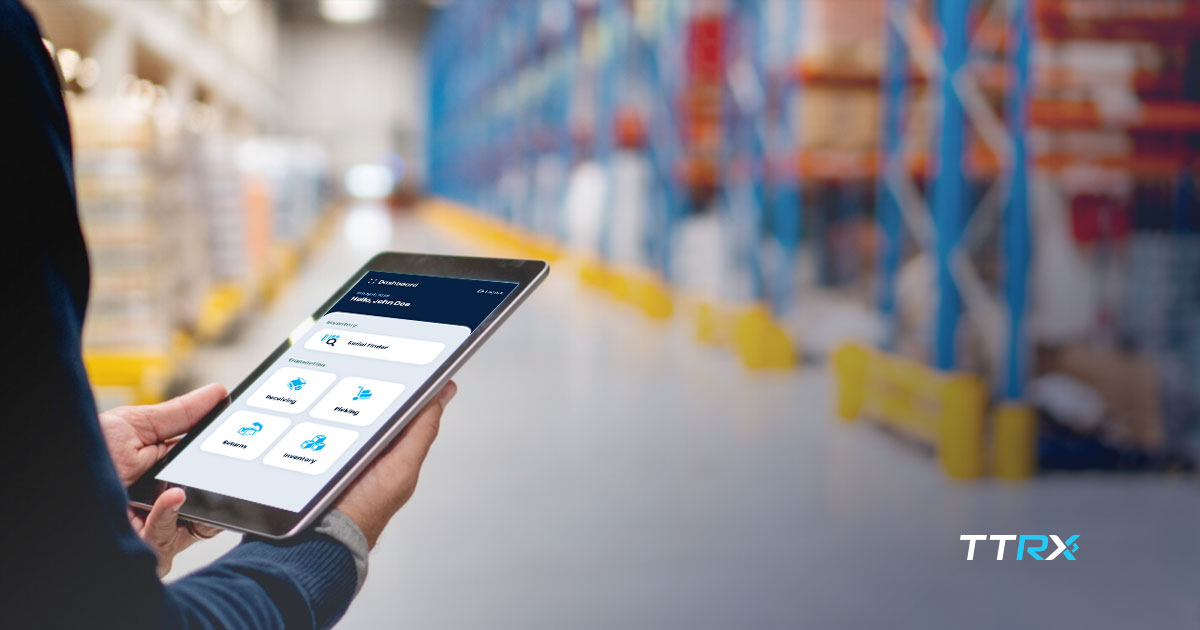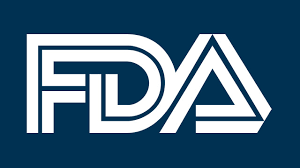Quality is a word that is used a lot in companies and in our daily lives, bearing in mind that the market’s competitiveness has now collaborated so that quality has become essential for companies’ to survive.
The concepts related to quality and its practice have established themselves all over the world and today have a focus on customers and competitors, involving the strategic level of an organization.
To meet the demands of the current market it is essential that organizations have a well-structured quality management system, in order to coordinate the essential activities that ensure quality throughout the production chain.
But, what is quality?
You could give us different definitions, couldn’t you?
The definition of quality is easy to understand, but difficult to find the right words for.
This is because quality can be evaluated from different points of view, depending on the context in which it is placed.
Here are some of the best definitions:
- Quality as technical performance and durability;
- Meeting specifications;
- Fit for purpose;
- “Degree to which a set of inherent characteristics satisfies requirements” (ISO 9001);
- Satisfaction of customer demands.
The concept of quality has evolved significantly throughout the 20th century.
Initially it was characterized by the technical specifications of the products, today what best defines it is customer satisfaction, the latter being the most complete and comprehensive definition, according to specifications and suitability to use.
Do you know how important quality management is?
Quality management practices have evolved over the years, so that quality management is interpreted as a strategy for a competitive advantage that has reduced waste and the conquest of new markets as its main objectives.
To use quality management as a strategy for competitive advantage, it is necessary to meet the requirements of the customers.
Customer requirements are varied and can be a combination of good service, good reputation, on-time delivery, product or service quality, price, and many other factors that generate increased sales, new orders, jobs, and a good image ahead of competitors.
Quality management can support the cost reduction strategy, since it is common for companies to fail in situations that could have been avoided when meeting customer requirements.
When identified, the failure must be stopped in order not to be spread throughout the supply chain, and this depends on information systems that provide real-time traceability data, capable of reducing costs.
The objectives of quality management seem obvious and clear, but they are difficult to achieve.
Therefore, the purpose of a quality management system is to avoid cases of non-compliance with customer requirements through production management activities and continuous improvement.
Traceability is a reality in the current context and a requirement for industries worldwide, especially in the health sector.
Besides being a fundamental requirement for a quality management system, with the objective of locating a product in the logistic chain, it is the consumer’s right to have access to information.
Quality Management and the Pharmaceutical Industry 4.0

Industry 4.0, marked by the convergence of different technologies, positively influences quality management in such a way that both management and technology offer opportunities for process optimization, customer service, quality innovation, advanced supply chain management, and more.
As a way to meet the Drug Supply Chain Security Act (DSCSA), we identify and register pharmaceutical products by a two-dimensional code, called Data Matrix, which contains the relevant information for traceability, and can be read at all points in the production chain and has direct communication with the FDA platform.
The cyber-physical systems we use which are a key feature of the smart factories of Industry 4.0, are tools that favor implementing a product serialization system that generates efficiency, enables data access in real time, reduces flaws, and facilitates the procedure of internal and external quality audits that are used to evaluate the effectiveness of quality management systems.
Implementing systems that enable serialization and traceability requires compliance with laws and regulations and poses several challenges, but this whole process has the potential to improve people’s quality of life.
You will be able to check whether the product you purchase matches the information on the packet and whether it is authentic, a fact that will influence your perception of quality in relation to the manufacturer.
ISO 9001:2015
ABNT NBR ISO 9001:2015 is a standard that defines the requirements for putting a quality management system in place.
It helps companies increase their efficiency and customer satisfaction by ensuring that their products and services have constantly improved quality.
The standard proposes management activities that, if well implemented, will contribute to the reduction of non-conformities and waste.
ABNT NBR ISO 9001 is based on seven quality management principles:
- Focus on the customer
- Leadership
- People engagement
- Process approach
- Improvement
- Evidence-based decision making
- Relationship management
Following these principles is a very important step in creating value for customers.
From then on, implementing a quality management system becomes easier.
In some situations ISO 9001 certification is not mandatory. Therefore, it is important to make an initial analysis about the relevance of the certification for your company and then look for a certifying agency.
In some cases the certification is a prerequisite for clients.
Having the certification means that the company has a quality management and assurance system that meets the requirements of an international standard committed to satisfying customers.
Traceability in both control and records in ISO 9001:2015 certification
Traceability is related to the origin of parts, materials or a complete product, as well as the service added to that product.
The traceability guarantee is given through the registration of lots, origin of materials, services and parts, manufacturing date and other relevant information from the production process.

Traceability exists so that we can know the history of the product, the application or the location of what is being considered, which enables us to identify the cause of various production, consumption, counterfeiting, theft, etc. problems.
ISO 9001:2015 states that when traceability is a requirement, the company must have control over identifying and maintaining records that make it possible to trace products.
Records include measuring and monitoring results that are applicable in the production process or provide evidence of activities carried out.
There must be an error measurement control set up, as this is what enables the traceability of similar parts from different manufacturers and is of great importance in serial production.
ISO 9001:2015 states that the company must keep records that reveal the suitability of the monitoring and measuring resources for the established purpose.
The standard states that when traceability is demanded by customers, a legal requirement – traceability of pharmaceutical products – or considered essential by the organization to promote confidence about the measurements, the instruments must be calibrated at specific intervals, have identification, and be protected against damage that could alter and invalidate the measurement results.
Records are the documented information that must be retained and are critical not only for quality, but also for ensuring the traceability of products and their operating history.
What are the benefits of traceability in control and records in ISO 9001:2015 certification?
In the pharmaceutical industry, traceability is a prerequisite for quality management systems and refers to the good manufacturing practices of health products issued by the FDA and is directly related to market confidence.
Investing in Quality Management Systems and technology that enables the interconnection of the supply-chain links ensures product safety through identifying the entire path from origin to end consumer, increasing visibility and leading to improved documentation management.
According to ISO 9001:2015, traceability is the identification of the product and the record of all activities that may affect its quality.
Traceability, besides being a requirement for compliance with the standard, provides more efficient processes, cost reduction, good brand reputation, greater customer confidence, an increased competitive advantage, and reduced risk to consumers.




